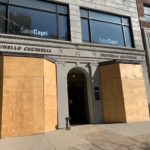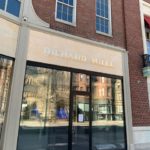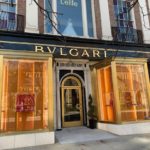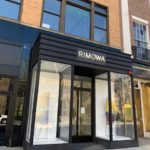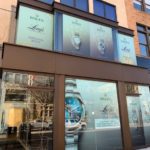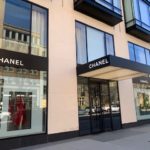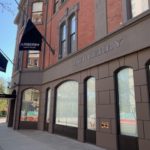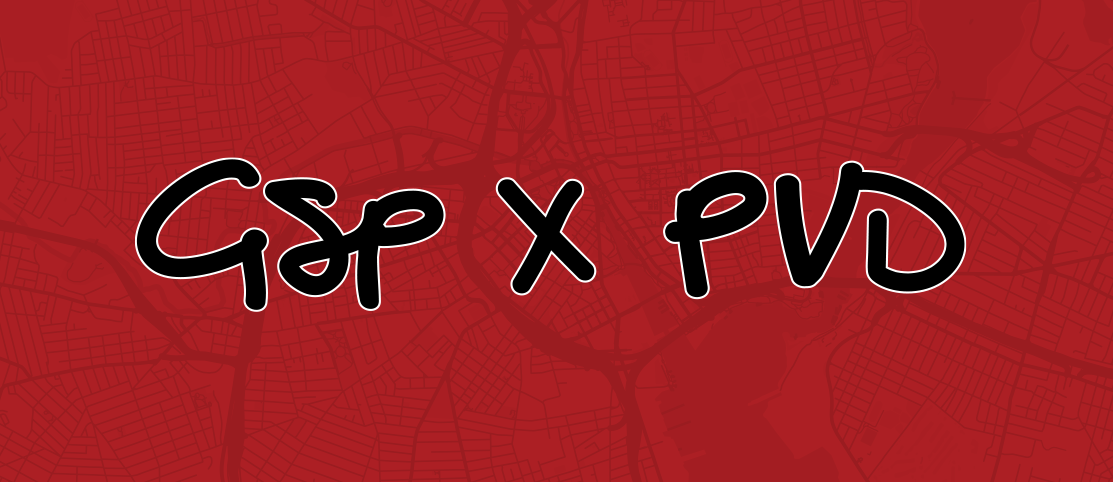The Future of Luxury Retail
In the last 18-24 months the luxury retail market was booming. High end fashion houses were expanding, luxury watch sales were at an all-time high, especially in the Boston market.
These brands were populating the first couple blocks of Newbury Street with flagships and new leases signed by brands like Chanel, Rimowa, Richard Mille, Bulgari, Brunello Cucinelli, and Long’s Jewelers who acquired the Rolex account for Boston and is planning on building a multi-story Rolex flagship location – all who would join the rest of the luxury brand line-up on these first two blocks. The other hotspot for luxury fashion brands in the city is the Copley Place Mall, which continues to house all the major fashion houses and sign more leases year after year, whether they are short term pop-ups, or long-term traditional leases. The Boston consumer demand for these high-end products and experiences warranted store locations in Boston’s high rent district, the Back Bay, because they were seeing the sales volumes. So much so, that there became a lack of space for new luxury retailers to join these co-tenants, they started putting in unsolicited offers to retailers who had been in the market for a while, or they started considering other submarkets in Boston. Balenciaga, for example, tried to find space on the first block of Newbury Street – the only block that made sense given the co-tenancy – but could not find a space that worked, so they started considering a location in the burgeoning Seaport District. Not ideal for their brand, but they knew they’d do the sales volumes in the Boston market and wanted to stake their flag here.
The first ripple of the COVID19 effect was felt by the luxury fashion industry in February and early March when major fashion houses with supply chains based in Europe and China started to battle the pandemic. Eventually they were shut down completely, halting production of the new releases and season collections in the pipeline. Additionally, the brick and mortar stores were shut down in the States, leaving the Spring and Summer collections on the digital shelf – a place that has not been a large sales generator for luxury fashion due to price points and the luxury shopping experience itself. Some high-end retailers were able to revamp their digital books and produce online fashion shows with some success, but overall, a key component to luxury fashion is the in-person experience and specialized customer relationships which cannot authentically be digitized.
With the Global supply chains broken or shut down completely, world showcases and fashion shows cancelled altogether, these retailers are left to consider when and how the next product or collection launch will be. When the supply chains reopen and repair, it will be a balancing act to put something together quick enough to minimize down time, but not too fast that the product errs on the side of “fast fashion” and cheapens the brand. In the meantime, these brands will have to eat the cost of lost seasons/collections, a slow ramp-up of new launches, increased cost of production and materials due to the competitive rush to reopened supply chains, and uncertainty of sales in the short term during a global recession. On top of that, these brands have brick and mortar locations in high rent districts – many with newly signed leases. It will be imperative that they form or maintain a good relationship with landlords across the world to be in a position to reopen their doors when day comes.
In Boston, the Back Bay remains the luxury brand destination. Retailers along the first blocks of Newbury and in Copley Place Mall rely heavily on Boston tourism and students to generate sales. Unfortunately, both tourism and the student population will be minimal for the duration of the this public health and economic crisis. When it does return, it is still uncertain that consumers will be in a monetary and emotional position to make large purchases from these retailers. New additions to Newbury’s first block like Richard Mille, Rolex’s Boston flagship, Bulgari, Rimowa, and Brunello Cucinelli will have to weather the storm of their new leases and potentially restructure with their landlords until the COVID cloud lifts. While the outlook for luxury retail looks grim for the next 18-24 months, those brands that are able to get to the other side of this market climate will make a rebound, particularly in Boston. With the amount of spending power, tourism, students, and a fairly protected economy, the demand for luxury retail and lifestyle will not be going away in the long term.

